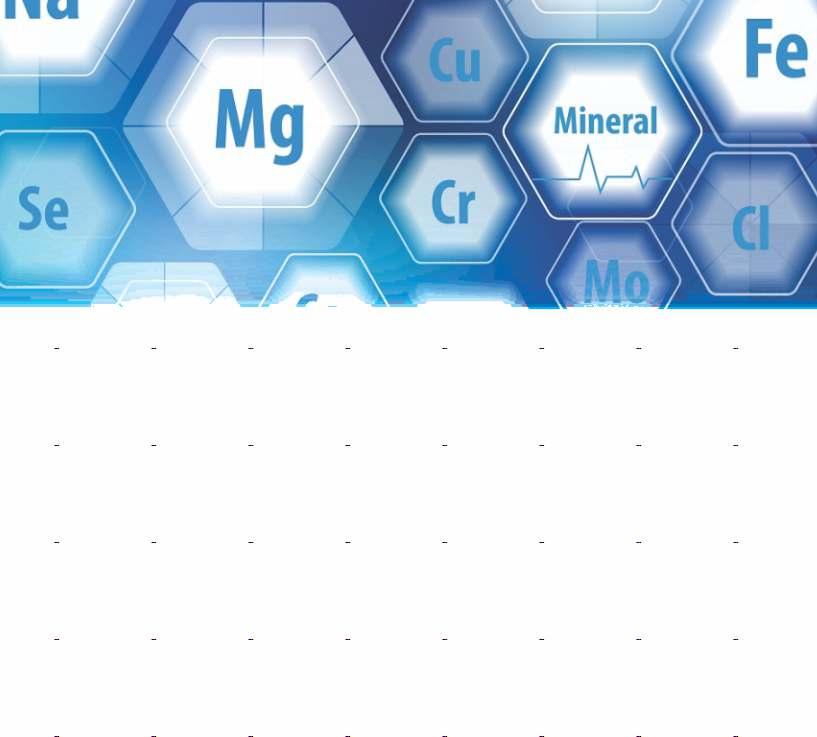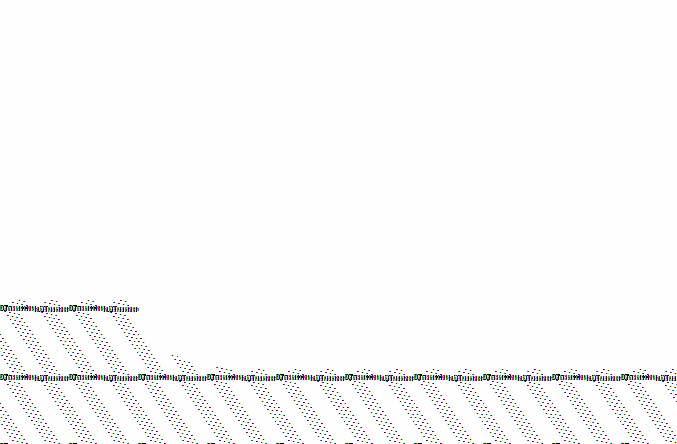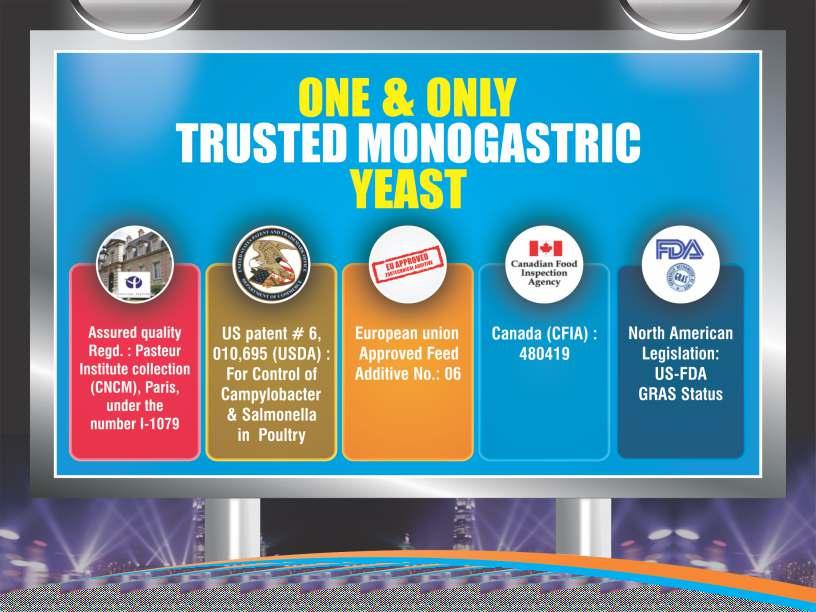
9 minute read
Role of Minerals in poultry nutrition
Role of Minerals in poultry nutrition Dr. Yogesh Paharia B.V.Sc , M.V.Sc ( Nutrition ) It is recognized, generally, that the most contain low concentrations of certain efficient utilization of any ration depends minerals, their contribution to the total upon the proper balance and quality of intake is considerable since they make up the nutrients therein. Minerals are as such a large portion of poultry rations. important, therefore, but no more so, These feedstuffs, along with green feeds, than the other constituents in a properly vary in mineral content with the fertility constructed poultry ration. and reaction of the soil, maturity of plant, Although the general functions of climate, and insect damage. In order that minerals in poultry nutrition cannot be the poultry nutritionist may proceed divorced from those of other intelligently, knowledge of the variability Since calcium and phosphorus constituents, nevertheless they are very in final composition caused by such metabolism are definitely related, their definitely associated with skeletal conditions is necessary so that means can ratio is frequently considered in ration structure, soft tissues, and maintenance be taken to assure an adequacy under all formulation. About one half of the of normal body fluids which influence circumstances. calcium of the ration is retained by absorption, secretion, and excretion. Calcium, Magnesium, and Phosphorus poultry, providing the amount is not Years ago, it was thought that protein, fat, Calcium and phosphorus are required excessive. They actually utilize calcium and carbohydrate were the only essential during early life for sound skeletal and phosphorus in a ratio of about 1.5 to nutrients, but later it was found that the development. After maturity, the former 1, and have the capacity to eliminate minerals accompanying common is needed for rapid shell formation. excess calcium to an appreciable extent feedstuffs were also necessary; in fact, Calcium, Magnesium, and Phosphorus The parathyroids regulate the calcium even better growth and egg production Calcium and phosphorus are required level in the blood by controlling the could be obtained by supplying during early life for sound skeletal withdrawal of calcium from the body and additional amounts. Until the beginning development. After maturity, the former vitamin D acts to sustain the phosphorus of the present century, however, the use is needed for rapid shell formation. level by controlling re-excretion into the of mineral supplements was not Various calcium compounds, such as the intestine. Magnesium occurs in widespread. In asmuch as poultrymen carbonate, sulphate, lactate, gluconate, association with calcium in dolomitic \believed that these materials merely di- and tricalcium phosphate and silicate, limestone and may be harmful if fed in furnished grit and that food calcium came besides such natural materials as oyster excess to poultry. Recently it has been from the organic constituents of the shell, limestone, bone meal, rock shown that outbreaks of feather picking ration, feedstuffs containing an phosphate, gypsum, and dolomite, serve and cannibalism in quail can be effectively abundance of mineral were usually equally well as sources of calcium when controlled by increasing the salt content recommended. Unfortunately, as these adequate vitamin D is present and toxic of the ration stepwise by 0.5 percent until were generally high in fiber, elements are absent (Buckner, Martin, and the habit is subdued, but not adding more At present, there is intense activity in the Peter, 1928; Tulley and Franke, 1934; than 2 percent (Titus, 1940). This field of certain "trace" elements which Ackerson, Blish, and Mussehl, 1937). With treatment has not yet been established have been found to be of importance in critical amounts of vitamin D, their with chickens, but, aside from this practical mineral supplementation. When availability is proportional to their possibility, no benefit accrues from it was realized that the addition of a small solubility in dilute acid feeding over 0.5 percent of salt in amount of mineral to poultry rations was Since the addition of calcium or ordinary combinations of feedstuffs. beneficial, it was not long before greater phosphorus to a ration deficient in them Manganese Rations containing too little amounts were being used, and the produced phenomenal results, greater manganese or an excess of calcium and poultry industry then passed through a amounts have been tried in an effort to phosphorus, produce perosis, lower egg period when the feeding of an excess of improve rations further. If rations are too production, and hatchability, and give cheap minerals was common. The recent high in calcium, however, hatchability poor egg-shell structure. The similar trend has been to reduce the amount of may be reduced (Titus, Byerly, Ellis, and effect of highmineral to manganesemineral supplement, yet supply adequate Nestler, 1937) or perosis may develop deficient rations is caused by the excess amounts. The reasons for the poor effects (Schaible, Bandemer, and Davidson, mineral adsorbing manganese and obtained with excess mineral are only 1938). This adverse effect of an excess of rendering it unavailable to the chick now being learned mineral is caused, partially at least, by Mineral supplements have different Although grains and their by-products rendering "trace" elements unavailable.
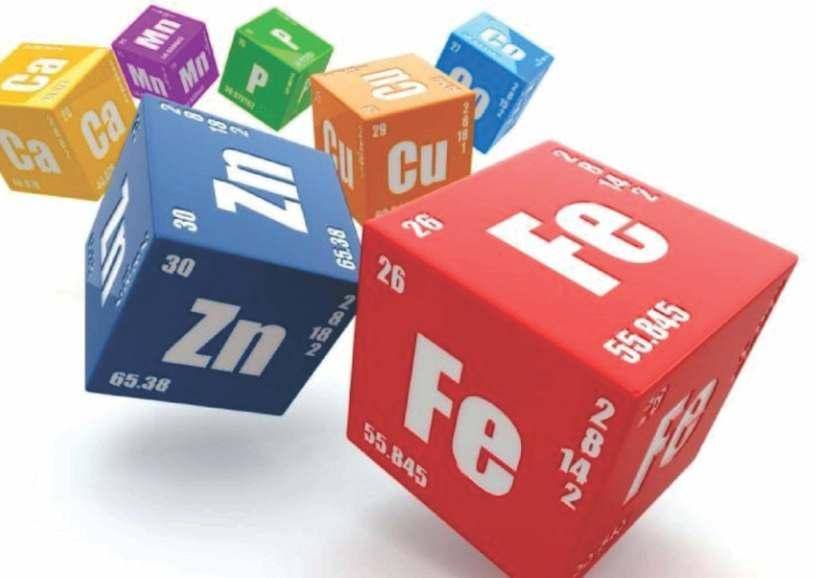
Advertisement
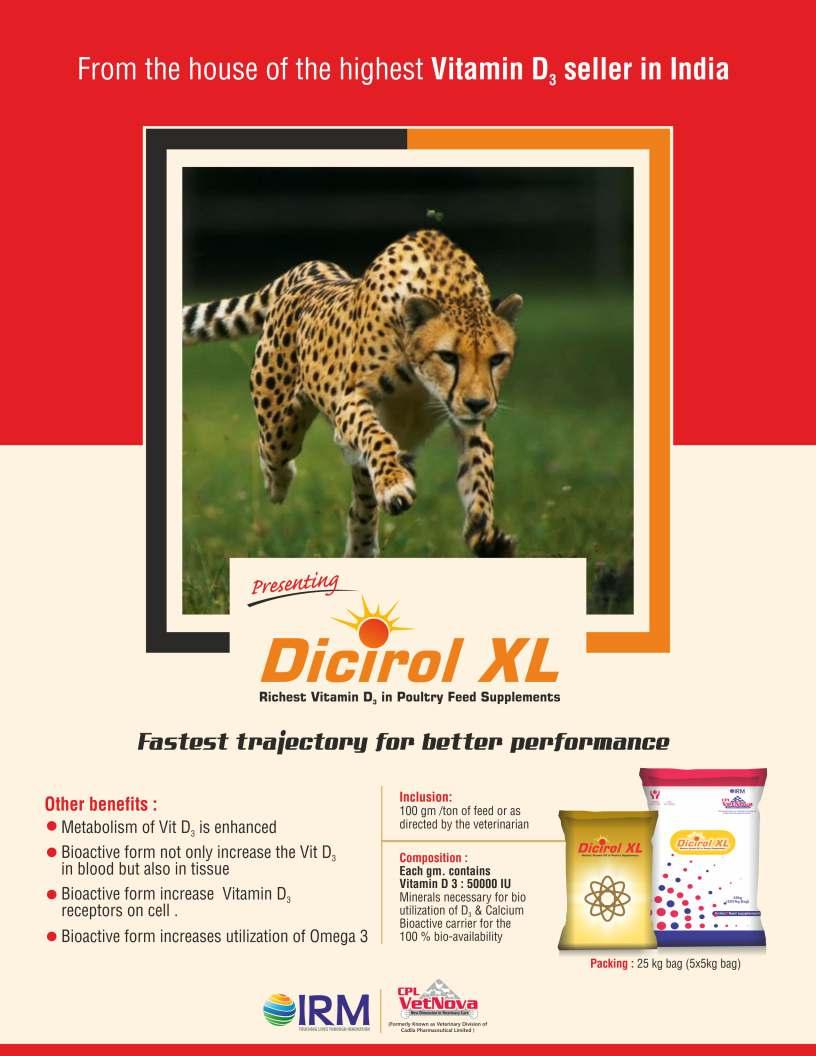
capacities for adsorbing manganese; bone meal removes more than oyster shell and limestone. Thus, manganese must be present and other constituents of the ration must not make it unavailable. Even when there is apparently sufficient manganese in the ration, 3 to S percent of the chicks continue to develop leg disorders it is recommended that the manganese content of the usual ration be supplemented to insure a sufficiency of this element. Soluble manganese compounds, such as MnS04, liberate iodine from salt mixtures in the presence of atmospheric moisture. Iodine Certain regions in the world, having soil, water, and feedstuffs of lowiodine content, are known to be goitrous for humans. Poultry have a higher percentage of thyroid gland, and thus iodine, than other species, and it might be anticipated that goiter in poultry would be very common in these areas. Most of the evidence indicates that the iodine requirement of poultry is small and no benefit is obtained in health, egg production, egg quality, hatchability, or viability by the inclusion of further Small amounts in the ration. It is obvious, however, that some iodine must be present in order for the thyroid to elaborate its normal secretion which controls the rate of metabolism. Loading the ration with iodides is undesirable but the use of marine products and iodized salt to furnish some iodine is practical and satisfactory. Iodine is utilized in various forms and commercial mineral supplements are available in which iodine is stabilized against possible loss. Iron and Copper Both iron and copper are essential to poultry for the synthesis of hemoglobin, the blood pigment which is vitally concerned with the transportation of oxygen to the tissues. Iron is required in larger amounts than copper and an insufficient quantity of either or both of these elements produces nutritional anemia. Iron is present in feedstuffs in both ionizable and organic form; to some extent, the latter is ionized and reduced in the crop, proventriculus, and gizzard. Absorption takes place in the upper portion of the duodenum as the reaction in the lower portions of the intestinal tract is sufficiently alkaline to precipitate iron, making it unabsorbable. If dietary iron is too high, unabsorbable iron phosphate is precipitated in the intestine causing a lowering of the blood phosphorus and the development of rickets. Similarly, if phosphorus is fed in large amounts, it combines with iron, interfering with its assimilation and causing anemia. If calcium is present in sufficient quantity to combine with excess phosphorus, the iron is not fixed; thus calcium spares iron when phosphorus is too high (Day and Stein, 1938). The availability of iron in the ration, therefore, depends on its interrelationships with copper, calcium, phosphorus, and also with vitamin D because the latter regulates absorption and excretion of calcium and phosphorus. The blood of poultry is lower in iron (hemoglobin) than that of man; that of hens lower than roosters. Since about 3.3 percent of the hemoglobin of animals is broken down each day into iron-free pigments which are eliminated in the bile, and iron-containing hemosiderin with is retained, endogenous iron is greater than food iron. The liver is its chief depot but probably the most active tissue is the bone marrow, the site of hemoglobin formation. It is excreted by way of the large intestine; the amount depends on its intake. Copper acts as a catalyst to change inorganic iron into hemoglobin and is only needed in small amounts since it is not a part of the hemoglobin molecule. Unless copper is present, iron cannot be used in the hematopoietic process even though stored in the liver. The egg contains almost 20 times as much iron as copper and is relatively high in both metals. Consequently, the demand for these elements is higher during the laying period than during growth. Nevertheless, high egg production can be obtained without a drop in haemoglobin, Miscellaneous Minerals Fluorine has not yet been shown to be essential for poultry, the recommendation to avoid mineral supplements containing much fluorine is supported by the evidence at hand (Kick, Bethke, and Record, 1933). High levels of selenium are toxic to poultry when fed as a substantial portion of the ration. Growth feathering, and hatchability are poor and chicks that fail to hatch are deformed, but egg production and fertility are satisfactory (Moxon, 1937).. When beryllium carbonate is added experimentally to rations, rickets is produced due to the formation of unassimilable beryllium phosphate. Since no trouble of this type has been reported from the field, it probably does not occur under practical conditions (Branion, Tisdall, and Drake, 1939). Sulphur occurs in combination with protein in feathers, nails, beak, and eggs. As a constituent of glutathione, thiamin, and the essential amino acids, cystine and methionine, it is important as structural material, cellular oxidant, and essential nutrient. Inasmuch as it is absorbed in organic combination and not as elemental sulphur, it is unwise to incorporate the latter in mineral mixtures. Elemental sulphur in sufficient quantities helps control caecal coccidiosis but produces rickets if cod liver oil is the source of vitamin D in the ration (Holmes, Deobald, and Herrick, 1938).. Though charcoal is not a mineral, it is sometimes introduced with complex mineral supplements but its value has not been substantiated in normal nutrition and its cost is beyond its inherent value. THE MINERALS IN POULTRY NUTRITION— GRIT although some investigators believe that grit is unnecessary, others have concluded that it aids the digestion of coarse feed. It is believed that its primary function is not that of an abrasive but rather to separate food particles during the churning action of the gizzard, preventing "balling" of fibrous and packing of pasty materials (Waite, 1935). Insoluble, , grits which serve the dual role of supplying calcium as well. Very fine granite waste is injurious and interferes with feed utilization and egg production. r
